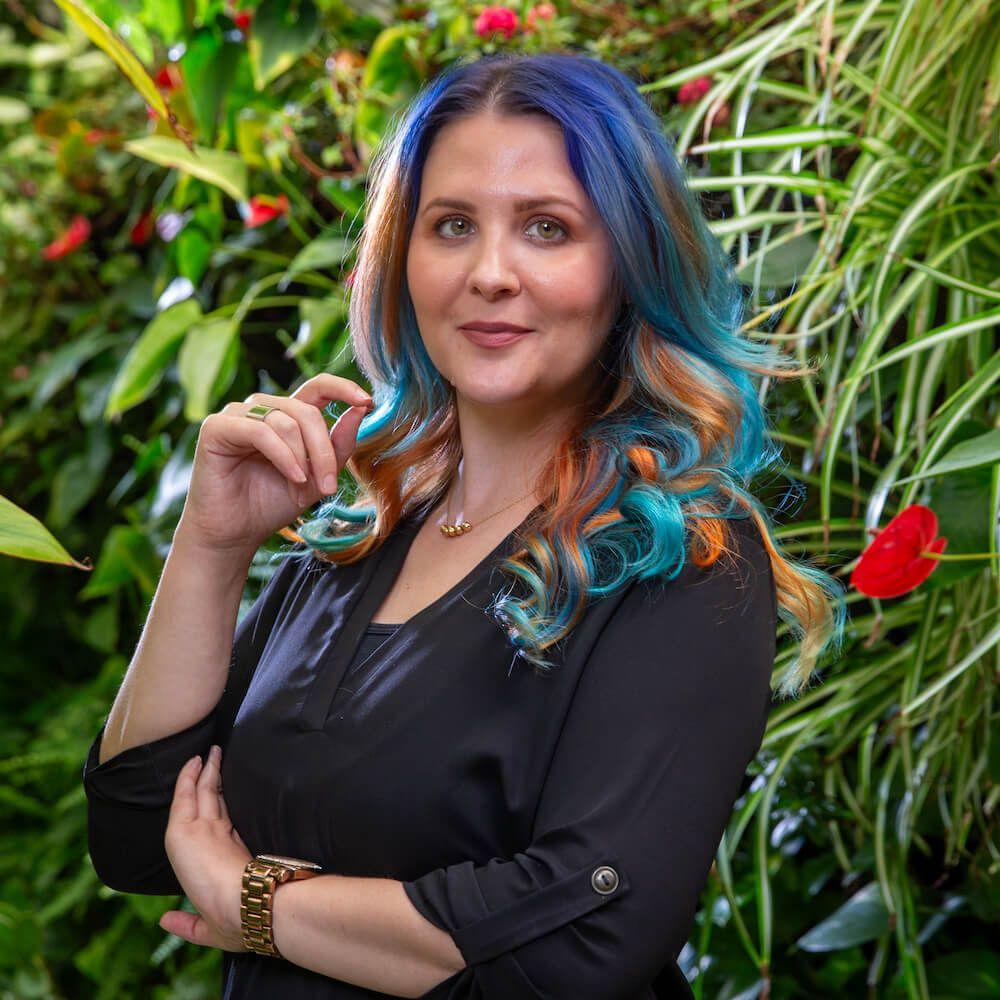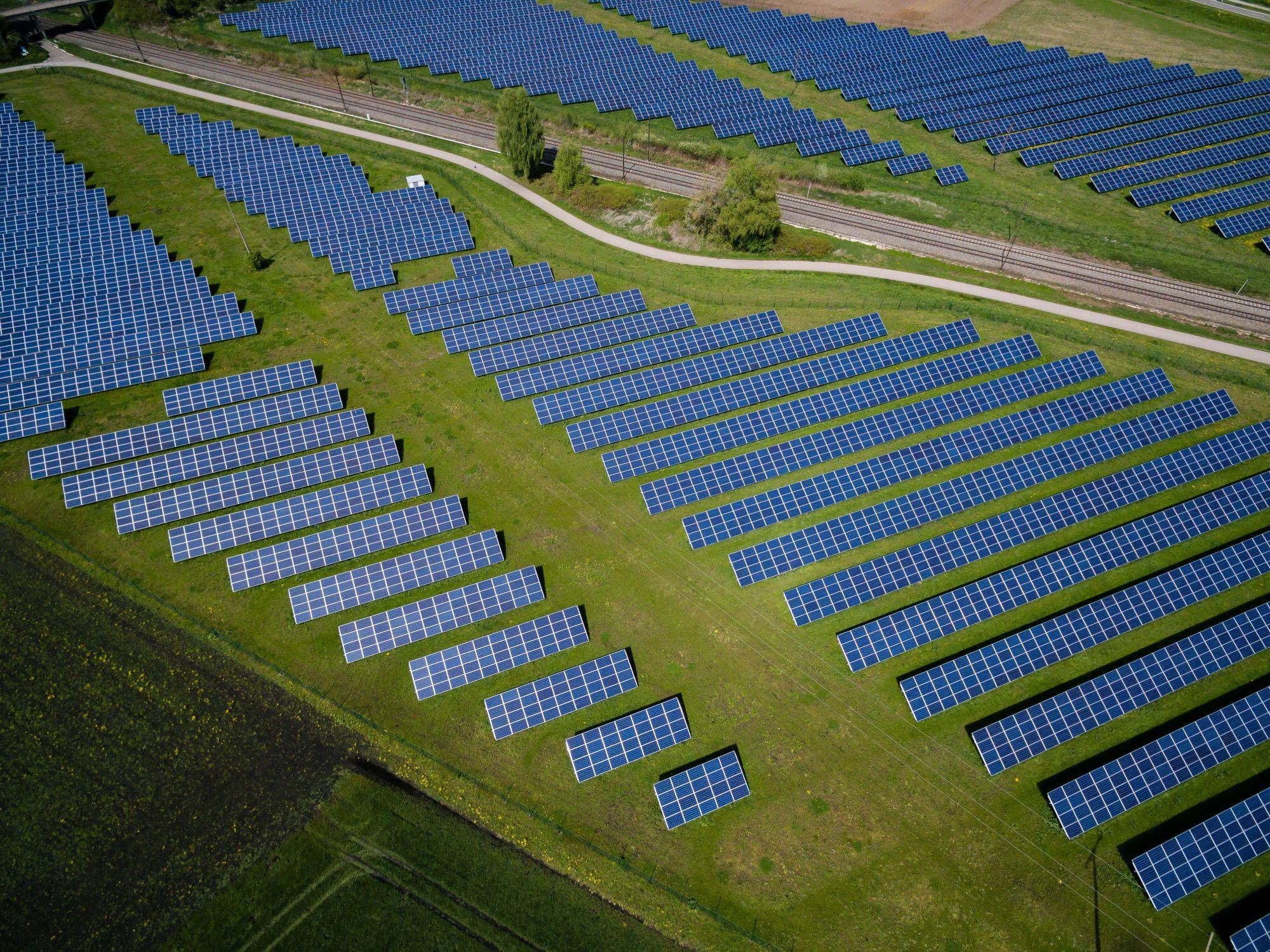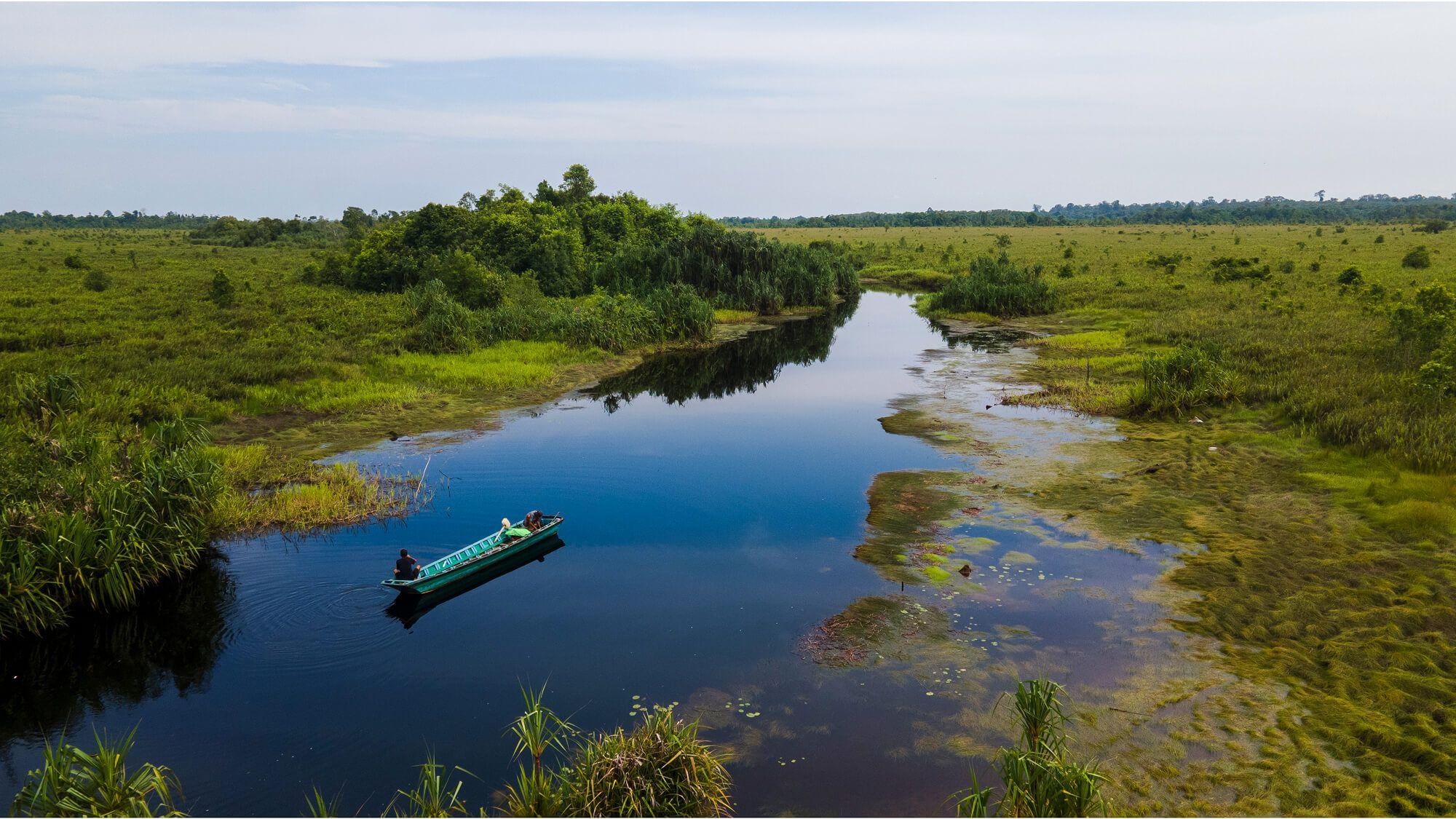A World of Climate Solutions
Finding innovative solutions to the climate crisis might seem daunting to some. However, two new start-ups, Capture6 and Nantek, are launching creative technologies destined to make a difference.
With so much change happening around the world, fear over the future is overwhelming.
But despite the dire warnings we see on social media, there’s a whole world of exciting climate solutions just waiting to be put into place.
New companies are innovating and discovering dynamic, thoughtful solutions; all that is needed is the infrastructure to support and incorporate these brilliant ideas, or so Louise Bleach from Capture6 and Carlos Uraga from Nantek told me on a recent call.
From reclaiming carbon, while desalinating water to creating second-life chemicals by redirecting plastic waste, these innovative solutions offer a glimpse into the burgeoning markets for climate solutions where engineers and scientists tackle the world’s problems.
Protecting our supportive climate, our stunning views, our sparkling oceans, and our sometimes fragile ecosystems can all be done with a little help from the tech world.
The Road to Climate Action
Louise Bleach, Director of Development EMEA at Capture6, has spent the last several years working on climate solutions, but her journey began long before. Her passion for water security was ignited during her first job in Malawi, working for a large agricultural processing company nearly a decade ago.
“I was there when we had some of the worst floodings from El Niño,” she recalls. “After five years of incredible programmes and things going so well, all of the farms had significant damage, all of the boreholes were infiltrated. There was cholera spreading across all of the villages,” she says.
Coming face-to-face with the severity of the global water crisis made one thing clear: access to water is foundational. “The biggest thing that you can work on (besides climate) is this water element. Because without that kind of foundation, it doesn't matter how much education, how much health, how much employment you have, if you don't get the basis of water right, you just can't really go anywhere from there,” Louise says.
The biggest thing that you can work on (besides climate) is this water element. Because without that kind of foundation, it doesn't matter how much education, how much health, how much employment you have, if you don't get the basis of water right, you just can't really go anywhere from there.
Sadly, water security is no longer something we can take for granted. Droughts and extreme flooding are becoming more common, forcing communities to migrate in search of stable water sources. Humanity’s thirst will remain a pressing concern. However, Louise is working with a unique start-up, one that focuses on carbon capture and helping address water scarcity.
Carlos Uraga, CEO and founder of Nantek, came to climate action from a different path.
“I was born in 1986, so we are the generation which, when we were 15 - 20 years old, we started hearing about climate change,” he says. An engineer by trade, Carlos’s early career focused on robotics, a path that led him to early success. However, he found himself asking a deeper question: What is this technology actually providing for the future?
“You're not just happy by making money; you need to do something more,” Carlos explains.
Add to that, the undeniable effects of climate change impacting his home country of Spain.
Where before, climate change felt like a distant problem, something to encounter in the Arctic with melting ice caps, now, climate change was on his doorstep. “You hear those things, but you don't touch them,” Carlos explains. “Suddenly, in Spain, we saw this crazy weather data; for example, a hurricane came to Spain, and we’ve never had that.”
“In places where the temperature has never gone above 32°C, now it's 36. In places that are not really rainy, suddenly you have eight days in a row raining, and you have floods.”
He shakes his head: “That is real climate change.”
The New and Improved
Capture6 takes an innovative approach to carbon capture, removing atmospheric CO₂ while also addressing global water shortages. By bringing together incredible technology from across the world, Capture6 removes atmospheric carbon dioxide and sequesters it for millennia. Essentially, the company is a project developer for water-positive, direct air capture.
Unlike traditional direct air capture (DAC) technologies, which require bespoke chemical solvents, Capture6 uses salt and water—specifically, saline wastewater sources like desalination brine or geothermal brine. By repurposing these waste products for carbon capture, the process also extracts fresh water as a byproduct.
By 2030, Capture6 aims to remove 310,000 tons of CO₂ across all its projects. And by 2035, they plan to scale up to megaton capacity, the equivalent of planting 56 million trees (roughly 1.5 times the size of Singapore)
Nantek, however, is tackling the global plastic crisis; they’ve developed a chemical process that transforms landfill-bound plastic waste into sustainable raw materials.
“Our process turns plastic waste into second-life petrochemicals like hydrogen, synthetic fuels, and pyrolysis oil,” Carlos explains. “It's about transforming landfill-bound plastic waste that nobody can do anything with because it's just mixed dirt, etc., it cannot be recycled mechanically. That's why we introduce it into our chemical recycling process,” says Carlos.
Through pyrolysis, Nantek melts plastics to generate both gas and liquid byproducts. The gas fraction produces hydrogen and methane for the energy sector, while the liquid fraction—pyrolysis oil—can be refined into synthetic fuels or used to create new plastics. “Everything reenters the market,” he says. “It’s a fully circular process.”
Everything reenters the market. It’s a fully circular process.
Making Every Element Count
Climate solutions can’t afford to create new problems.
Which is why Capture6’s approach ensures that its carbon capture process produces more than just CO₂ removal—it also delivers desalinated water.
The UN originally said that by 2030, there'll be a 40% deficit in freshwater sources,” Lousie explains.
The problem is that many direct air capture (DAC) technologies are incredibly water-intensive; it can take the same amount of water to remove one tonne of carbon dioxide as it does to make a tonne of steel.
“I really feel like we should be smarter about these kinds of things because we know better,” Louise says. “Capture6 is very bullish around this water element because we think it's going to be so important in the ability to scale without doing harm to the planet.” Capture6 creates fresh water rather than depleting resources by using saline waste streams (such as geothermal brine).
For Nantek, nothing is wasted. According to Carlos, even their smallest byproduct is still used. While Nantek’s chemical process eliminates plastic waste that would either go to landfills or incineration plants, there’s still a small amount of plastic left over. “From per ton of plastic produced, maybe 5% comes to a solid residue. It's a very small portion. It's what we call char,” Carlos explains.
And if that tiny amount of residue reenters the market as a usable, circular product. This ‘char’ is often used in construction, such as roads and concrete.
The Structure of a Roadblock
Despite the promising technology, both companies agree that the biggest hurdle isn’t innovation—it’s infrastructure and investment.
“But I would say broadly the two biggest challenges we're facing is one, on the regulatory aspect of things,” says Louise. “In the U.S., the Biden administration’s 45Q tax credit made DAC financially feasible. Now, with the arrival of Trump, most likely he's going to remove those subsidies. What would really help is some regulation around carbon. At the moment, in terms of corporations, everything is still voluntary.”
If regulation were changed, these technologies could receive more funding, with greater investment in infrastructure as well. Essentially, there would be more rapid adoption of carbon capture and climate-friendly processes.
Another challenge is funding. For many climate start-ups, there’s a gap between philanthropic capital and grants. Hardware development is expensive. “Pipes are expensive; air contractors are expensive. It's not like we're developing software,” says Louise.
Carlos echoes these concerns. “Plastics is something that we all hear about: microplastics, the plastic problem, plastics in the oceans, the islands of plastics,” he lists. However, this conversation marks a large-scale shift from the last ten years, when microplastics and it’s effects was rarely discussed. While recognising the facts surrounding the plastic crisis has helped with the regulatory framework of the gas and oil industry, Carlos feels that there’s more to be done.
“As corporations in the sustainability sphere, we should receive more support,” he says.
“We have new concepts that are making companies more sustainable or are educating people. That is what I think we are now doing that’s good, not just in the US or Europe, I mean globally.”
Integrating effective new technologies into international systems could go a long way to counteracting the environmental emergency.
From Collective Consciousness to Collective Action
Climate change isn’t just about rising temperatures—it affects jobs, migration, and entire industries. It’s about embracing an entirely new way of interacting with our planet.
“It all starts from people, from individuals, from the climate change consciousness,” Carlos muses.
Louise emphasises the urgency of action. “This year, Zambia lost 80% of its harvest because the rains never came. We can’t afford to wait.”
The technology to fight climate change exists. The challenge now is ensuring the infrastructure, investment, and regulation are in place to implement these solutions at scale. Hope remains the most powerful force—but action must follow.
Most Popular
The Climate Tribe delivers stories about Biodiversity and Conservation, Circular Economy, Food and Water , and how they intersect with climate.
Subscribe
Get the latest stories inspiring climate action around the globe straight to your inbox.





